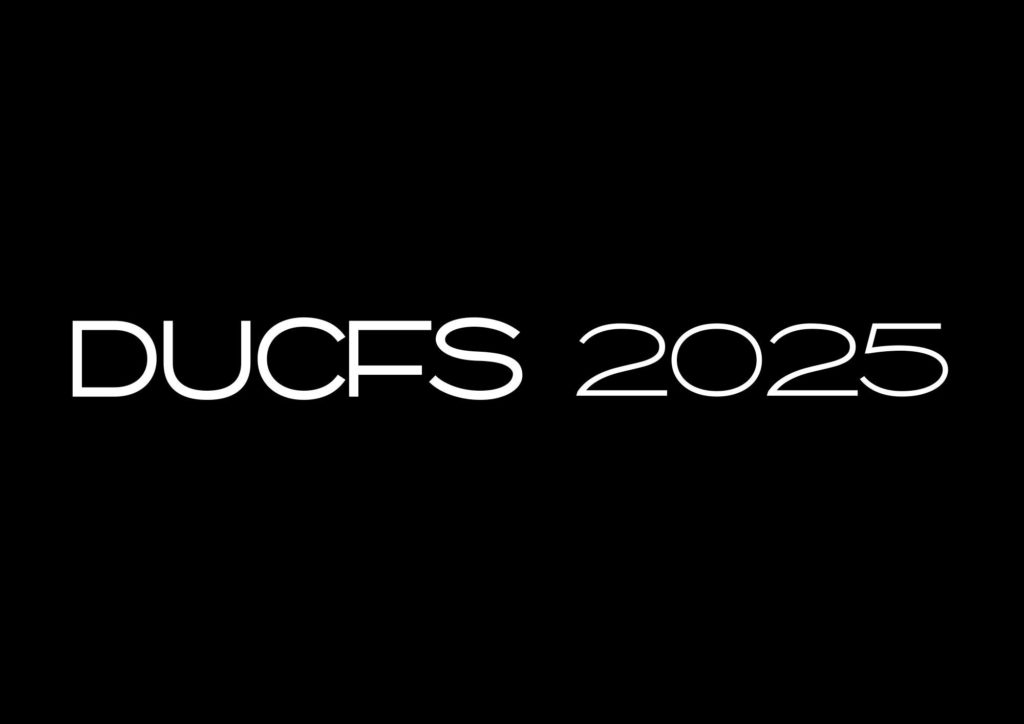Brat Summer has been an inescapable term for the past few months, exploding beyond simply Charli XCX’s album release to become a slime green movement that celebrates women and queer people, radically embracing their flaws. The Guardian states that women, under Brat, aspire to be “dirty, hedonistic, happy and bra-less” with Charli XCX defining herself that a brat is armed with a “pack of cigs, a Bic lighter and a strappy white top with no bra”. Brat has no defined aesthetic nor defined behaviours but rather is a refreshing rejection to previous online aesthetics directed at women which do demand a specific behaviour, appearance and financial contribution. The scope of Brat’s influence is evident in asking friends how they would define the term, with some going for the emphasis on female sexual liberation, whilst another simply referenced the viral video of Cher saying “wagon wheel watusi” in Burlesque, emulating Brat’s encapsulation of camp culture. However, one friend criticised that “once brat summer was named it was over”, touching upon Brat’s corporate and political colonisation that has lost much of its meaning and encouraged its demise.
Musically, Brat is an auto-tuned, brash album that switches from wanting to do drugs – “bumpin’ that” – to reflecting women’s anxieties over contemporary motherhood and existential dread. It has fulfilled the recent gaping hole of the market for clubbing anthems that don’t feel straight out of Love Island, overwhelmingly heterosexual and conventional. As a clear resurgence of recession pop, especially during this current cost of living crisis, Brat encourages us to dance through the uncertainty, especially as the ‘aesthetic’ has no socio-economic restraints. Furthermore, the internet has been experiencing an indie-sleaze revival, referring to the hipster party culture of 2007-2014, which has also resulted in a renaissance of Lena Dunham’s Girls, the HBO show following 20-something women stumbling through millennial Brooklyn adulthood.
The Brat aesthetic is better defined as an anti-aesthetic due to it not upholding any limitations on image, self-presentation and consumerist requirements e.g., a pilates set. It is radical through its celebration of women being blatantly badly behaved, hence its popularity surged due to it being a cathartic release from previous aesthetic expectations. Brat is antithetical to the clean girl, specifically in its approach to the male gaze. Clean girl and ‘divine femininity’ have been pervading terms on the online sphere, especially referring to women’s self-presentation. Both demand a specific set of subservient behaviours, whether that be not going out or allowing yourself to be a ‘receiver’ instead of a ‘giver’. Both, ultimately, embrace and uphold patriarchal expectations of a “good” woman: healthy, quiet, without opinions… Thus Brat is a refreshing plunge into an Aperol spritz on a messy night out, dismissing the online culture of performative femininity. Even its marketing has been ‘bad’, with the tour poster originally having a small plastic bag, which the Advertising Standards Authority condemned so XCX added inside a sandwich as it is “obviously a sandwich bag” (The Guardian).
Brat as a rejection has extended into the political sphere. The moment Charli tweeted “kamala IS brat” the presidential candidate’s social media seized on the celebrity/ aesthetic endorsement. Whilst this tweet and Kamala’s new Twitter handle baffled Fox News presenters, the ultimate goal is for her to connect with the youth, specifically a female and queer base. The Conversation states that this support is a “gift of vibes rather than something concrete”, which has shown to be more effective than a drawn-out paragraph that will fail to attract the attention of Gen Z voters. This endorsement has been supported by tons of edits of Kamala either laughing or doing her coconut tree quote alongside brat songs. Overall, the vibes that XCX has gifted Kamala are ones of positivity and joy, especially surrounding female and queer empowerment. Radical positivity at a time when misogyny is on the rise alongside a threat of Project 2025 is contagious and a welcome source of hope. By seeming to understand and engage with Brat, Kamala presents herself as understanding youth and pop culture, unlike the Republicans. Brat has been one of her weapons in aligning herself with hope, as a binary opposition to Trump’s manipulation of hate.
Within the UK, left-leaning parties have also hopped on the brat trend to appeal to young voters. The Mayor of London Instagram account announced “ulez is working” in the style of the album cover and the Green party has also adopted the aesthetic. Also, there has been a slew of TikTok edits of Ed Miliband and past Labour politicians but interestingly none of them have shown an interest in Keir or the current cabinet. However, the adoption of Brat by politicians and corporations alike has, ultimately, dissolved the value of Brat within the intended audience. There is a very fine line between a genuine embrace and a half-hearted attempt to hop on a trend to performatively try and go viral as a company.
In product terms, the moment any aesthetic has been corporately contaminated is the moment that it starts to move from maturity into decline. Brat is now not much more than a cheap marketing fad. Furthermore the term ‘Brat summer’ inherently has a deadline, and is already being replaced by ‘demure fall’. Ironically, demure fall’s values of politeness, respectability and presentability act as behavioural whiplash from brat’s hedonistic tendencies.
Overall, Brat has been a welcome rejection of strict aesthetics dictating women’s appearances and behaviours online but it ultimately became swallowed up by marketing to lose its originality. Unfortunately, a lack of identity in current society permits women to be malleable and purchase it back through consumerism e.g., the Stanley cup epidemic. Gen Z is one of the first predominantly secular generations and the gap of religion is being transformed into celebrity worship and community formed through conforming to short-lived trends. Brat’s power came from its manipulation and subversion of trend cycles with an aesthetic that did not promote consumerism nor appeasing the patriarchy. Rebellion through a good time, not a long time.
by Lily Jevons

